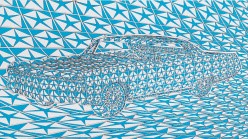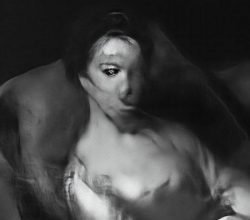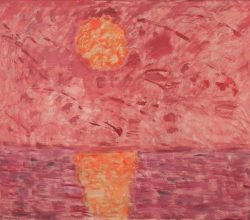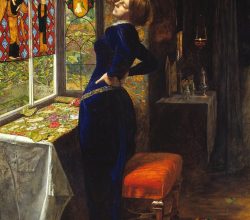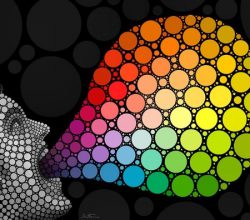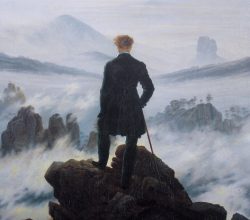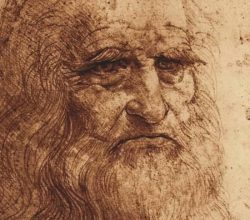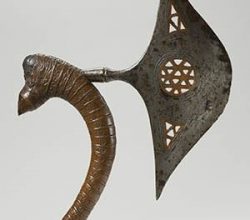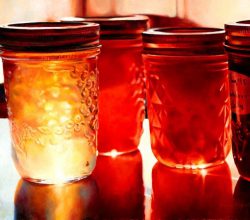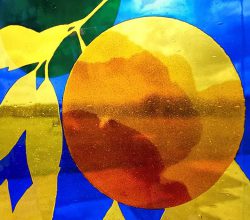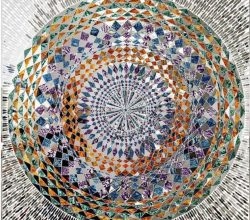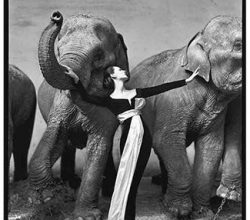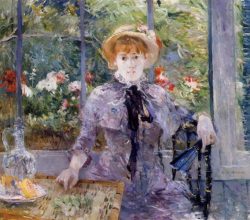
You know Monet and Manet. This female Impressionist deserves your attention, too
Sebastian Smee | The Washington Post | 20th August 2018
From the outset, Morisot’s work was distinctive. Her female subjects had “a profound psychological presence”, reflecting her own experience of womanhood. But she was also expressing life’s impermanence. “Her work’s lack of finish conveys, like no other Impressionist, a sense of evanescence. We do not live long”. More images are here.

